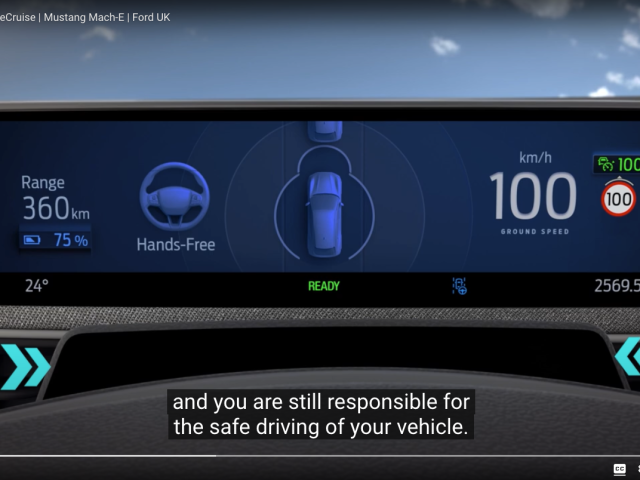
National Regulations on the Use of Nomadic Devices in Vehicles
This report provides an overview of the results of a study commissioned by the European Commission (DG INFSO) to the consortium of IGES, University of Leeds and ETSC on the regulatory situation in the Member States on mounting and using nomadic devices (such as GPS and mobile phones) in motor vehicles.
Nomadic devices comprise all portable electronic devices for information, entertainment, or communication that can be used outside of the vehicle and inside the vehicle by the driver whilst driving. Deriving from this context, the objectives of the study were:
- to provide an overview of the regulatory and legislative situation in each EU member state;
- identify similarities and differences in regulatory frameworks applied in countries across Europe and group them into clusters (cluster analysis);
- estimate the safety effects of the use of nomadic devices and related legislation on road safety for particular Member States.
Following a definition and classification of nomadic devices as well as an introduction to regulatory options and rule compliance with regards to nomadic device related legislation, the study has been using two surveys as main working tools to enable a standardised procedure for data collection. The first survey has been focussing on gathering information on the regulatory and legislative situation in the 27 EU Member States (plus Iceland and Switzerland) looking at four different kinds of nomadic devices (Mobile phones, Personal Navigation Devices, music players, and TV/video players). The second survey – which has been conducted after the first and builds on its findings – has been investigating the safety impacts of nomadic device related legislation and the devices itself.
Download







